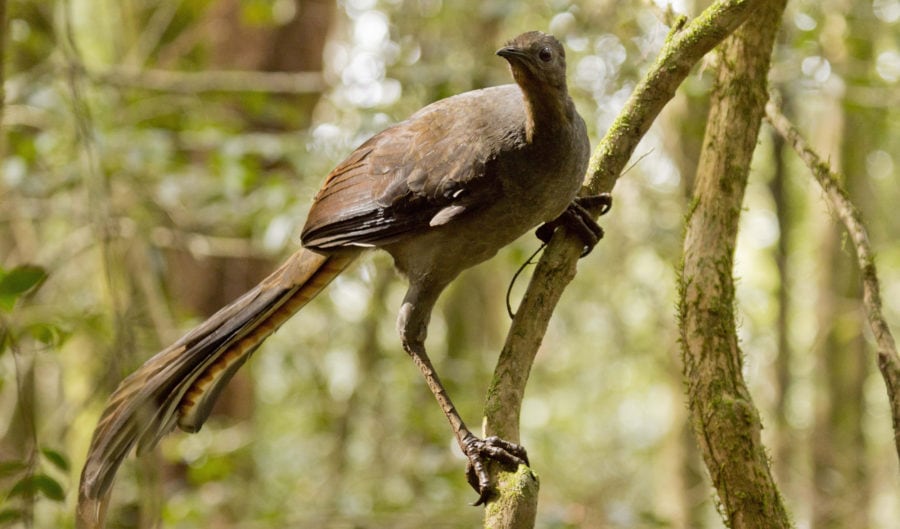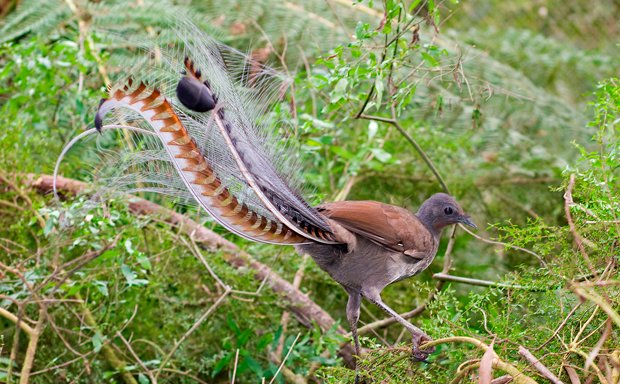Lyrebirds, the world’s greatest ecosystem engineers, move up to 11 standard dump trucks of soil annually

A new study has found that lyrebirds are possibly the best ecosystem engineers, moving more soil than any other land animal on Earth, adding yet another fantastic skill to the iconic songbirds repertoire.
Scientists say the findings show the importance of maintaining lyrebird populations as a “key facilitator of ecosystem function”, particularly after the unprecedented 2019/20 wildfires across eastern Australia that devastated their habitat.
Lead researcher Alex Maisey monitored activity in the Central Highlands of Victoria, across Sherbrooke Forest, Yarra Ranges National Park and Britannia Creek catchment, where he found that lyrebirds had displaced on average 155 tonnes of soil and leaf litter per hectare in a single year, which he says is equal to 11 standard dump trucks.
“The superb lyrebird truly is Australia’s most hard-working ecosystem engineer,” Alex says. “While seeking invertebrate prey, they use their sharp claws to expose bare earth, and mix and bury litter.
“Just like the well-known beaver in North America, that uses logs and mud to dam a stream and create a deep pond, this Australian songbird is changing the environment in ways that can benefit other organisms.”
Even more important is that the lyrebird conducts this activity year-round, which scientists say magnifies the profound influence they have on forest ecosystems.
“The disturbance regime that lyrebirds impose has implications for diverse ecosystem processes including decomposition and nutrient cycling, the composition of litter‐ and soil‐dwelling invertebrate communities, the shaping of ground‐layer vegetation patterns, and fire behavior and post‐fire ecosystem recovery,” the paper reads.
According to Alex, the only comparable natural disturbance process shaping ecosystem structure at this scale is fire, further pointing to the importance of the species in the face of climate change and the growing risk of severe bushfires.
“As champions of biodiversity, conservation of this species should be a key priority in the management of wet forests in south-eastern Australia.
“Without lyrebirds, Australia’s forests would be vastly different places, with impacts extending well beyond the absence of their glorious song or their mimicked sounds of camera clicks.”


